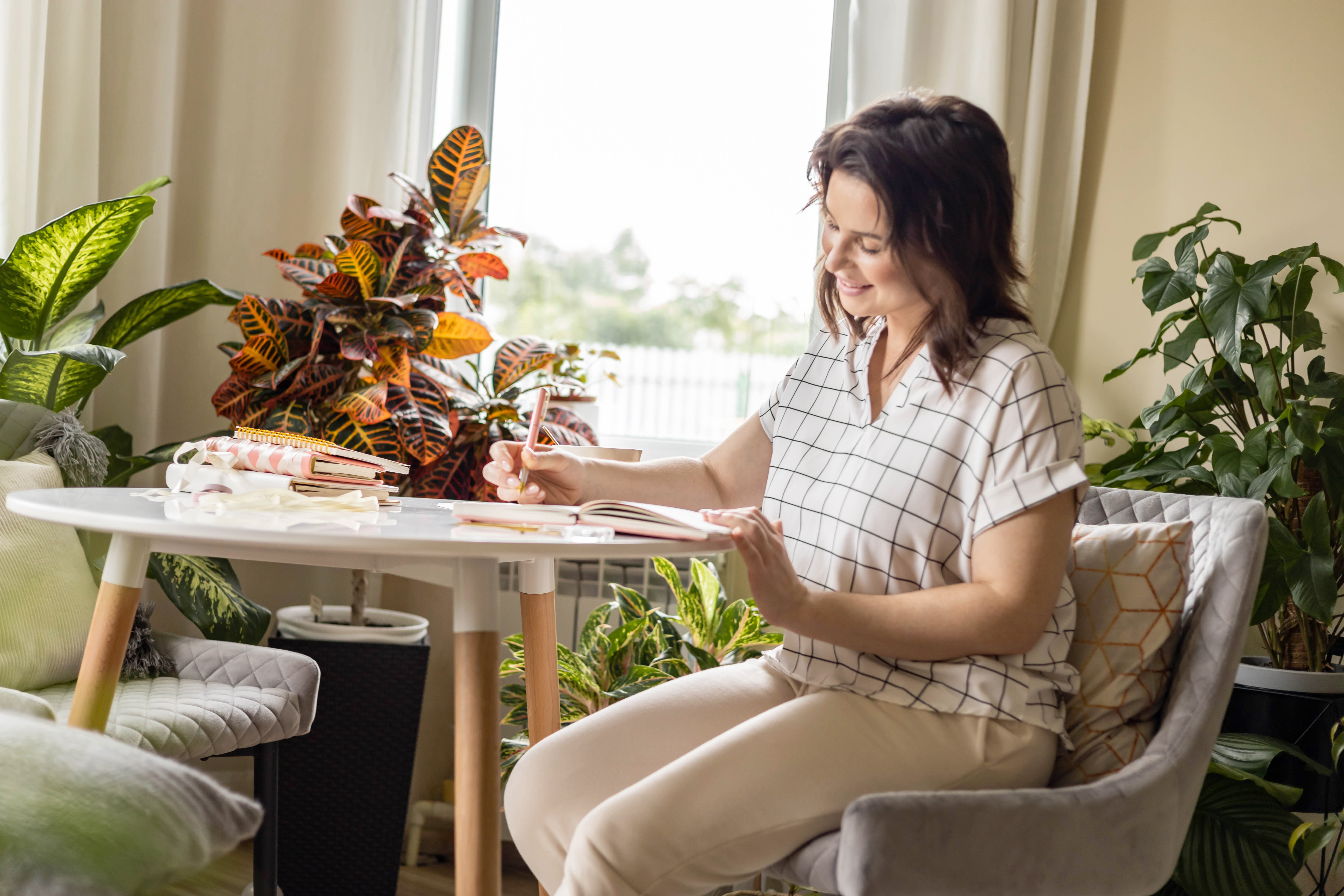
Breaking the Cycle: How Emotional Clarity Leads to Freedom from Food Guilt
You know the cycle all too well. The guilt that follows a binge, the shame that creeps in every time you turn to food for comfort. It’s exhausting, isn’t it? But here’s a revelation: breaking free doesn’t start with another diet. It begins with emotional clarity. Imagine a life where food no longer holds power over you. In this post, let’s explore how understanding your emotions can lead to freedom from food guilt, and how VK Circle’s approach offers a nurturing path to self-love and healing. For more insights, check out this resource.
Understanding Emotional Clarity

Understanding emotional clarity is the first step towards breaking free from food guilt. It involves recognizing and interpreting your emotions effectively, which helps in addressing the root causes of binge eating. This clarity can shift your perspective from blaming food to understanding your emotional triggers.
Recognizing Emotional Triggers
Recognizing emotional triggers involves identifying situations that prompt emotional eating. Common triggers might include stress, boredom, or even happiness. By pinpointing these moments, you can start to respond differently.
Stress: Often, stress leads to seeking comfort in food.
Boredom: Eating out of boredom is common and can lead to unnecessary eating.
Happiness: Celebratory eating can sometimes go unchecked.
Understanding these triggers is crucial. It helps in breaking the cycle of turning to food as a coping mechanism. For more details on this, visit Helpguide’s article. 🍎
Emotions Behind Food Choices
Emotional eating is often misguided as a solution to feelings. The emotions behind food choices can be complex. Sometimes, you might eat to numb sad emotions, while other times, it might be to amplify joy. Recognizing the emotional reasons for food choices can be enlightening.
Sadness: Food as a comforter.
Joy: Food as a celebration.
Anxiety: Food as a distraction.
These emotional connections to food often mask deeper issues needing attention. By understanding these emotions, you can begin to redirect your responses. This approach can lead to more mindful eating habits. 🌟
Path to Freedom from Food Guilt

The path to freedom from food guilt involves building a healthier relationship with food and developing self-love. This journey is not about restriction but understanding and acceptance. It starts with redefining how you view food and embracing self-compassion.
Building a New Relationship with Food
Creating a new relationship with food means moving away from viewing it as an enemy. Instead, see food as nourishment. This shift involves:
Mindful Eating: Pay attention to what you eat and enjoy every bite.
Balanced Choices: Focus on balance rather than restriction.
Listening to Your Body: Know when you are truly hungry or full.
This approach promotes a healthier, guilt-free connection with food. By listening to your body’s signals, you can enjoy food without guilt or shame. Explore more about this on Mayo Clinic. 🍽️
Developing Self-Love and Acceptance
Self-love and acceptance are crucial for emotional healing. They involve acknowledging your worth beyond food choices. Embrace your uniqueness and appreciate your body for its capabilities, not just its appearance.
Self-Compassion: Treat yourself with kindness when you face setbacks.
Positive Affirmations: Reinforce your worth with positive self-talk.
Body Appreciation: Focus on what your body can do rather than how it looks.
These steps can shift your mindset towards a more positive self-image. This change is essential in breaking free from binge eating and emotional struggles. 💖
VK Circle’s Approach to Emotional Healing

VK Circle’s approach to emotional healing offers a non-clinical path to address binge eating. By focusing on the root causes, it provides a compassionate environment for transformation. This method emphasizes emotional clarity and self-love as pivotal elements of healing.
Life® Methodology Explained
The Life® methodology is a cornerstone of VK Circle’s approach. It focuses on creating emotional clarity and breaking free from guilt. This non-clinical path includes:
Identifying Emotional Blocks: Understanding what’s holding you back.
Creating Personalized Strategies: Tailored methods for emotional healing.
Nurturing Self-Love: Building a foundation of self-acceptance.
This methodology empowers individuals to take control of their emotional well-being. It offers practical tools for overcoming binge eating and fostering personal growth. 🌼
Benefits of a Non-Clinical Path 🌟
A non-clinical path to emotional healing offers several benefits. It provides a safe space to explore emotions without judgment. This approach is:
Accessible: No need for clinical settings or diagnoses.
Personalized: Tailored to individual emotional needs.
Supportive: Encourages a nurturing community.
This path is ideal for those seeking a compassionate alternative to traditional methods. It prioritizes emotional clarity and self-love, paving the way to freedom from food guilt. For further insights, read about the potential impact of guilt and eating disorders on Aster Springs’ blog. 🌟
Explore a free introductory session with VK Circle to begin transforming your relationship with food. 🍏



